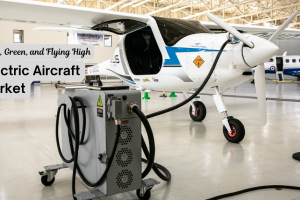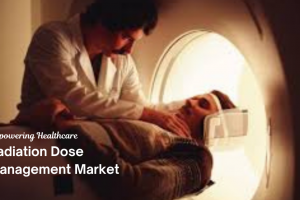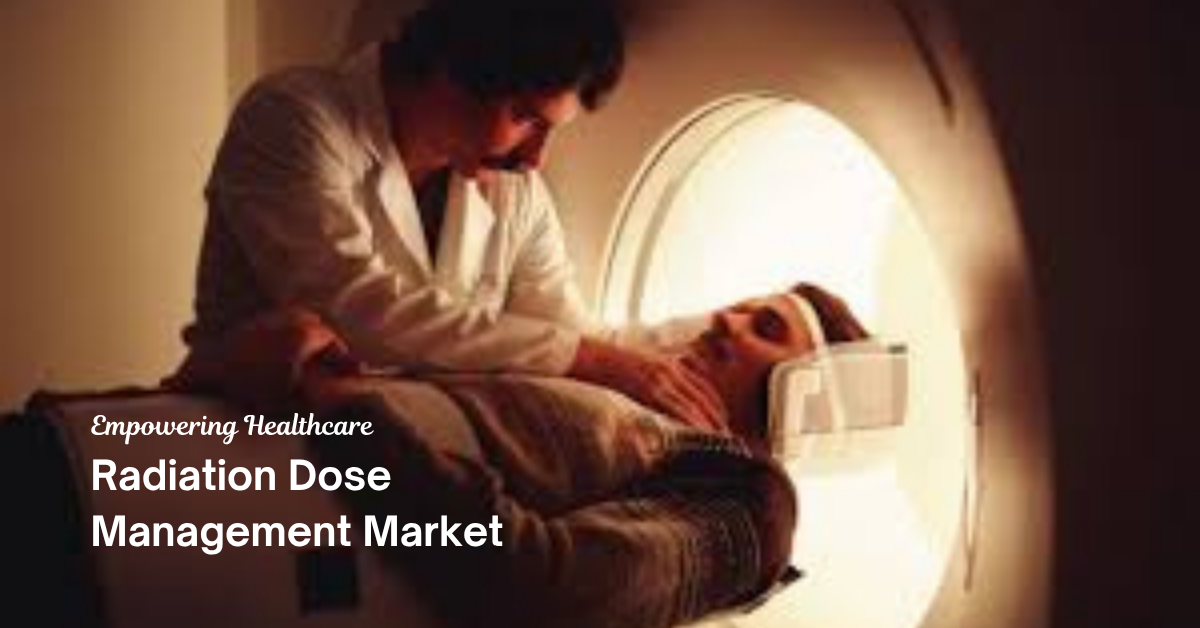The latest market report published by Credence Research, Inc. is “Global Autism Spectrum Disorder Market: Growth, Future Prospects, and Competitive Analysis, 2018 – 2030”. The Global Autism Spectrum Disorder Market generated revenue of around USD 2.1 billion in 2022 and is estimated to grow a CAGR of over 7.8% during the projected period from 2023 to 2030 to reach around USD 3.55 billion in 2030.
Autism spectrum disorder (ASD) is a group of neurological disorders characterized by chronic difficulty in social interaction and communication and a repetitive/restricted pattern of behavior or activities. Asperger syndrome, Autistic disorder, and pervasive developmental disorder (PDD) are the three most common conditions affecting millions worldwide. Autism spectrum disorder (ASD) market growth is being driven by a rise in the prevalence of ASD and an increase in the ASD diagnosis rate. One in every 100 children globally is expected to have an autism spectrum disease, according to World Health Organization (WHO) data from March 2022. Early ASD diagnosis is crucial for understanding and controlling the illness. Various studies have found that the typical age of diagnosis is between 3 and 6 years, with significant variations based on ethnicity and socioeconomic status. Also, an increase in R&D activities for breakthroughs in autism spectrum disorder therapy, as well as the most recent product launch and product approvals, contribute to the growth of the autism spectrum disorders sector. Furthermore, advancements in biotechnology, better access to healthcare facilities, and rising healthcare expenditure all contribute to expanding the global autism spectrum disorders market size. However, a shortage of qualified professionals and the social stigma associated with mental health issues limit the market’s remuneration scope.
The global autism spectrum disorder market is bifurcated into Treatment Type, Application, Distribution Channel, and Geography. The market is categorized into antipsychotic drugs, selective serotonin reuptake inhibitors, stimulants, sleep medications, and others based on treatment type. The global market is segmented based on the application of autistic disorder, Asperger syndrome, and pervasive developmental disorder. Based on the distribution channel, the global market is divided into hospital pharmacies, retail pharmacies, and online pharmacies. The market is segmented based on geography: Europe, Asia Pacific, North America, Latin America, the Middle East, and Africa.
North America dominated the global autism spectrum disorder market in 2022, owing to an increase in product launches, well-established healthcare infrastructure, and the presence of major companies. This is due to the rising prevalence of the disease, rising healthcare costs, and increased awareness of the disease’s severity in the region.
The Autism Spectrum Disorder Market Key Growth Trends are fascinating to observe and analyze. This market segment has been growing rapidly due to an increased prevalence of autism, coupled with rising awareness, diagnosis rates, and government initiatives aimed at addressing the disorder’s various aspects. Among the key trends driving this growth include advancements in research and development that have led to improved therapeutic options for managing symptoms associated with autism spectrum disorders. Additionally, there is a growing demand for early diagnosis and intervention programs that can help mitigate some of the challenges faced by those living with ASD. The rise of telemedicine services has also played a significant role in expanding access to care for individuals on the spectrum who live in remote areas or lack transportation options.
The following is a regional analysis of the autism spectrum disorder market:
- North America: North America is a significant market for autism spectrum disorder, driven by factors such as the high prevalence of the disorder in this region, increasing awareness and diagnosis rates, and the availability of advanced healthcare infrastructure. The United States is the largest market in this region, followed by Canada. The market growth is also attributed to the increasing demand for effective treatments for autism spectrum disorder, such as behavioral therapies, medications, and assistive technologies.
- Europe: Europe is another significant market for autism spectrum disorder, driven by factors such as the high prevalence of the disorder in this region, increasing awareness and diagnosis rates, and the availability of advanced healthcare infrastructure. The United Kingdom, Germany, and France are the largest markets in this region. The market growth is also attributed to the increasing demand for effective treatments for autism spectrum disorder, such as behavioral therapies, medications, and assistive technologies.
- Asia Pacific: The Asia Pacific region is expected to witness the highest growth rate in the autism spectrum disorder market, driven by factors such as the increasing prevalence of the disorder in this region, increasing awareness and diagnosis rates, and the growing demand for effective treatments for autism spectrum disorder. China, India, and Japan are the largest markets in this region. The market growth is also attributed to the increasing adoption of advanced healthcare technologies and the availability of cost-effective treatment options.
- Latin America: Latin America is a growing market for autism spectrum disorder, driven by factors such as the increasing prevalence of the disorder in this region, increasing awareness and diagnosis rates, and the growing demand for effective treatments for autism spectrum disorder. Brazil and Mexico are the largest markets in this region. The market growth is also attributed to the increasing adoption of advanced healthcare technologies and the availability of cost-effective treatment options.
- Middle East and Africa: The Middle East and Africa region is a growing market for autism spectrum disorder, driven by factors such as the increasing prevalence of the disorder in this region, increasing awareness and diagnosis rates, and the growing demand for effective treatments for autism spectrum disorder. Saudi Arabia and South Africa are the largest markets in this region. The market growth is also attributed to the increasing adoption of advanced healthcare technologies and the availability of cost-effective treatment options.
Why to Buy This Report-
- The report offers a quantitative and qualitative analysis of the global autism spectrum disorder market by segments, drivers, current trends, restraints, challenges, opportunities, and market dynamics with the historical period from 2018–2021, base year–2022, and forecast period 2023–2030.
- The report gives insights into the competitive landscape, including how key players in the market are operating globally, regionally, and at the country levels.
- The research includes a detailed study of the global autism spectrum disorder market segmentation by treatment type, application, and distribution channel.
- The report offers business insights into technological advancements, R&D activities, and product innovations in the global autism spectrum disorder market.
Browse Full Report: https://www.credenceresearch.com/report/autism-spectrum-disorder-market
Visit: https://www.credenceresearch.com/
Related Report: https://www.credenceresearch.com/report/ecg-sensor-market
Related Report: https://www.credenceresearch.com/report/intravascular-optical-coherence-tomography-oct-imaging-systems-market
Browse Our Blog: https://www.linkedin.com/pulse/autism-spectrum-disorder-market-share-demand-analysis-priyanshi-singh








